When I look around at blogs, I see a lot of people either making sweeping statements in the style of their favorite pundit - which is fun.
I also see people saying a lot of personal things. I've been told that's important because it shows you have a stake in what you're writing. I can definitely see the validity of that, but I just wasn't brought up that way. I'm not ready for that yet, but I'll try. I see people putting out a lot of charts and graphs - which are cool ways to visualize ideas and I'll do more of that. I also see people who are link-happy, which can be very useful - but so few people are saying anything like what I'm saying. And occasionally I see people trying to use a lot of extraneous detail - dates, names - to make themselves appear credible - which is lame.
I want to do all the stuff that's useful to people, but I also feel it's an unusual time where some strong statements are warranted and some explanations are really simple. And, again, it's fun.
Here's how I know that there is a huge global financial bubble: almost every major U.S.-dollar-traded commodity and currency future is down huge and at the same time. Everything from Australian dollar to Zinc - is down enormously.
The notion that nickel...
...and oats...

...could have the same economics is silly, and yet they are falling down together. Why? Because of course in a very real sense they do have the same economics, as the whole world does: The U.S. dollar binds them together.
This is the overwhelming argument for the bubble: When markets that are supposed to be unrelated move together, something is moving them together. That thing - in my view - is the U.S. dollar. The conclusion we have to reach is that through speculation and bubble finance, a huge number of dollars were created and made a bubble. The bubble popped and now those dollars are disappearing, with predictable results.
The evidence is now massive and undeniable, although it is still regularly denied in the financial pages. I started to come to the conclusion a few months ago. On a whim, I wrote a note to Dr. Didier Sornette, out of the blue, asking him about the trend in the euro currency versus the dollar. I was just so curious what he thought I couldn't resist. He more than surprised me by not only replying but kind giving me a look at an analysis he'd done. Long-short, he saw a mathematical signal which *could* be associated with a bubble and concluded that a "change of regime" was coming soon, based on a preliminary look. That was in May and that piece of analysis - preliminary as it was - led me to believe I really was looking at the huge change I suspected.
Professor Sornette has created a theory of bubbles - what they are and how one might distinguish a bubble from a fast or strong rise in price related to chance or fundamentals. This theory is nothing like the magic formulas on stock sites. It uses very complex math to peer into the new field of behavioral economics. Personally, I think it re-connect economics to common sense, but I am definitely extrapolating from Dr. Sornette's writings and my opinions should not be ascribed to him in any way.
The "common sense," unsophisticated , conclusion I take from Dr. Sornette's work is that bubbles happen when, through a natural, evolutionary sort of process, market participants start to entrain each other to respond to themselves rather than outside data. The process reinforces itself until the system acts very much like a natural system headed towards a critical failure - like a volcano on the way towards eruption. It's not that fundamentals aren't still at work, it's that traders are giving each other the ability to ignore them for a period of time.
This is not "technical analysis" - the things "chartists" typically do - at least not when Dr. Sornette does it. Dr. Sornette uses the math that now helps scientists predict critical failures in natural systems - like volcanoes - and has written that in special situations only he feels he can use this method of analysis to find the mathematical "signature" of a financial bubble and give a rough estimate of when it will burst and what will happen after it does.
Dr. Sornette's ideas are precise and scientific, but they also inspire intuitive searching, like all good ideas. So when I read his take on the euro, I started to look around. I saw chart after chart that looked so similar I was stunned. I did *not* do a mathematical analysis on them, but when I searched and searched and could find no cause for the synchronization, I had to make the conclusion that it was a bubble - traders were making the economics, rather than economics guiding the trades.
Now we have come to a place where the synchrony is so large, so universal, that even if there isn't a chart for it that Dr. Sornette can tell us fits his rigorous standards, we know that something is going on that ties these markets together.
Flip over all the charts and what do you get a chart of? The U.S. dollar versus....well, everything.

May you live in interesting times


No comments:
Post a Comment